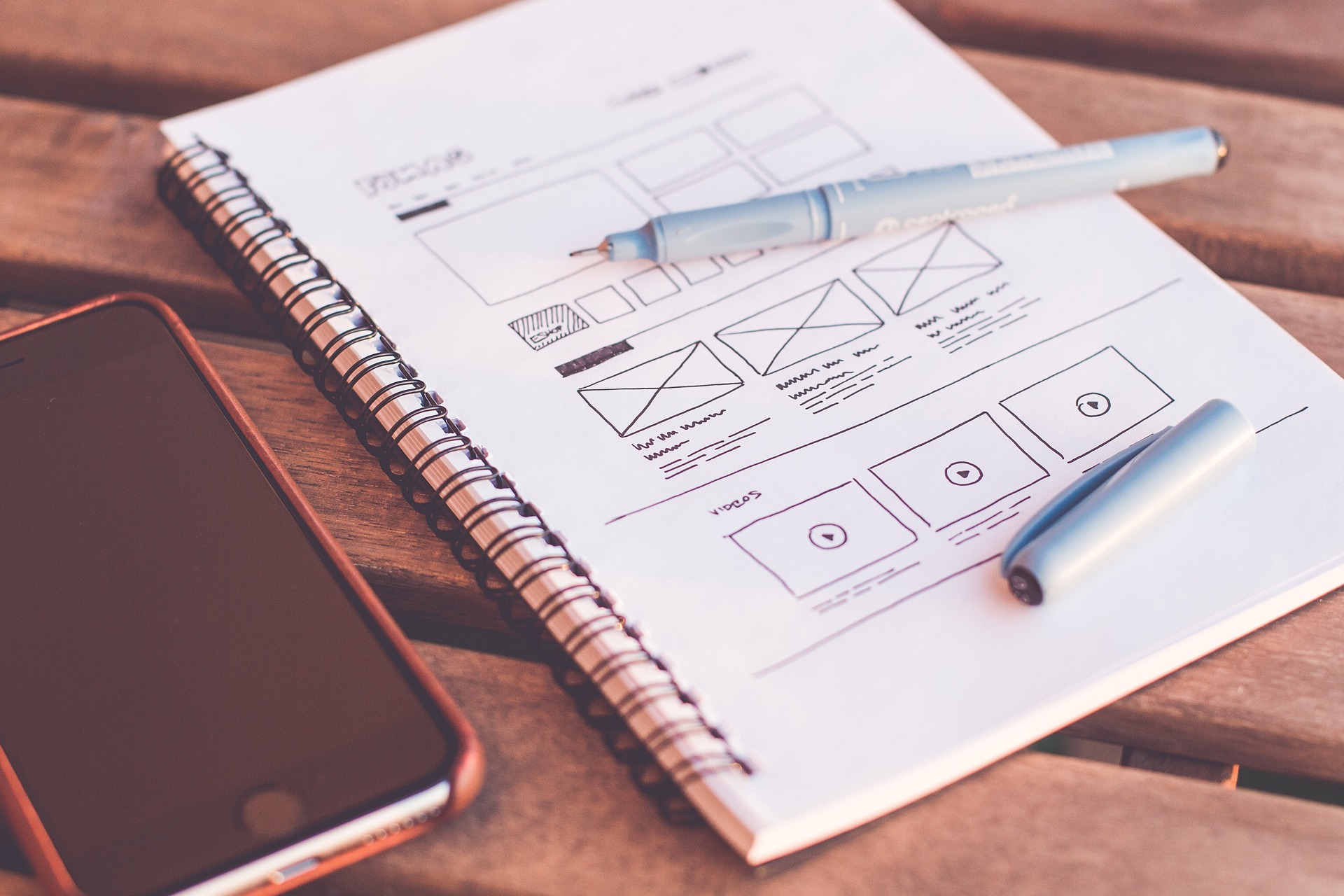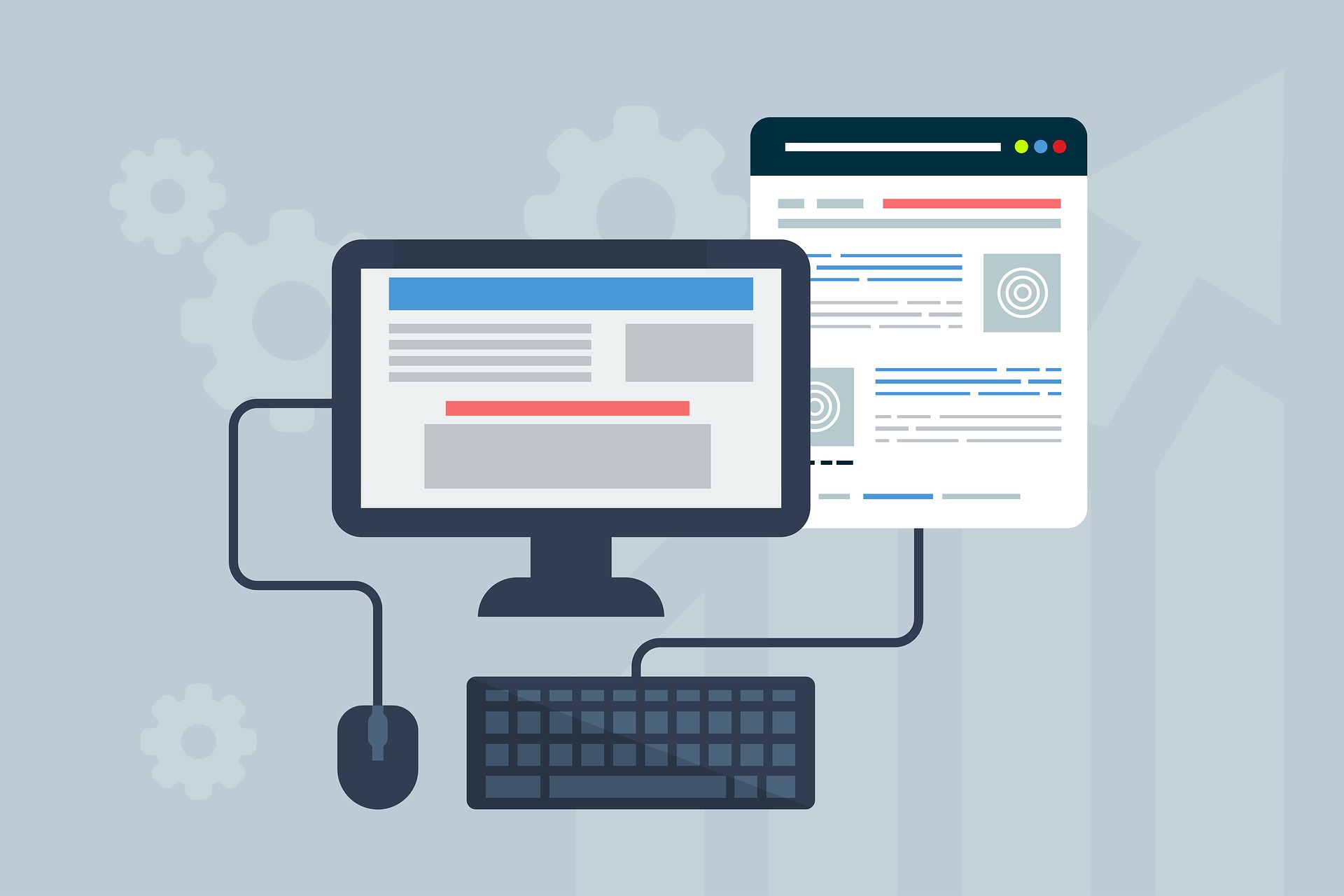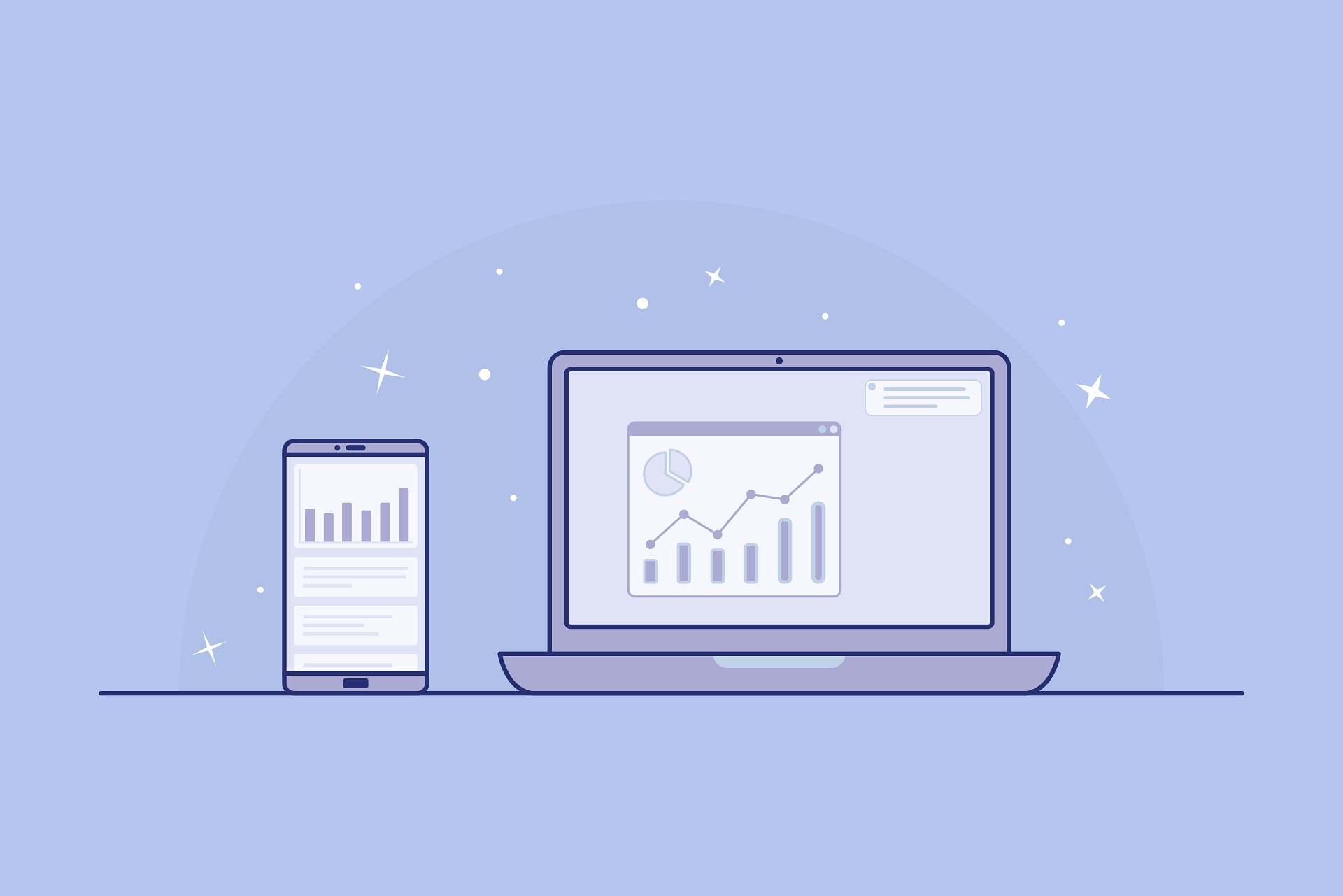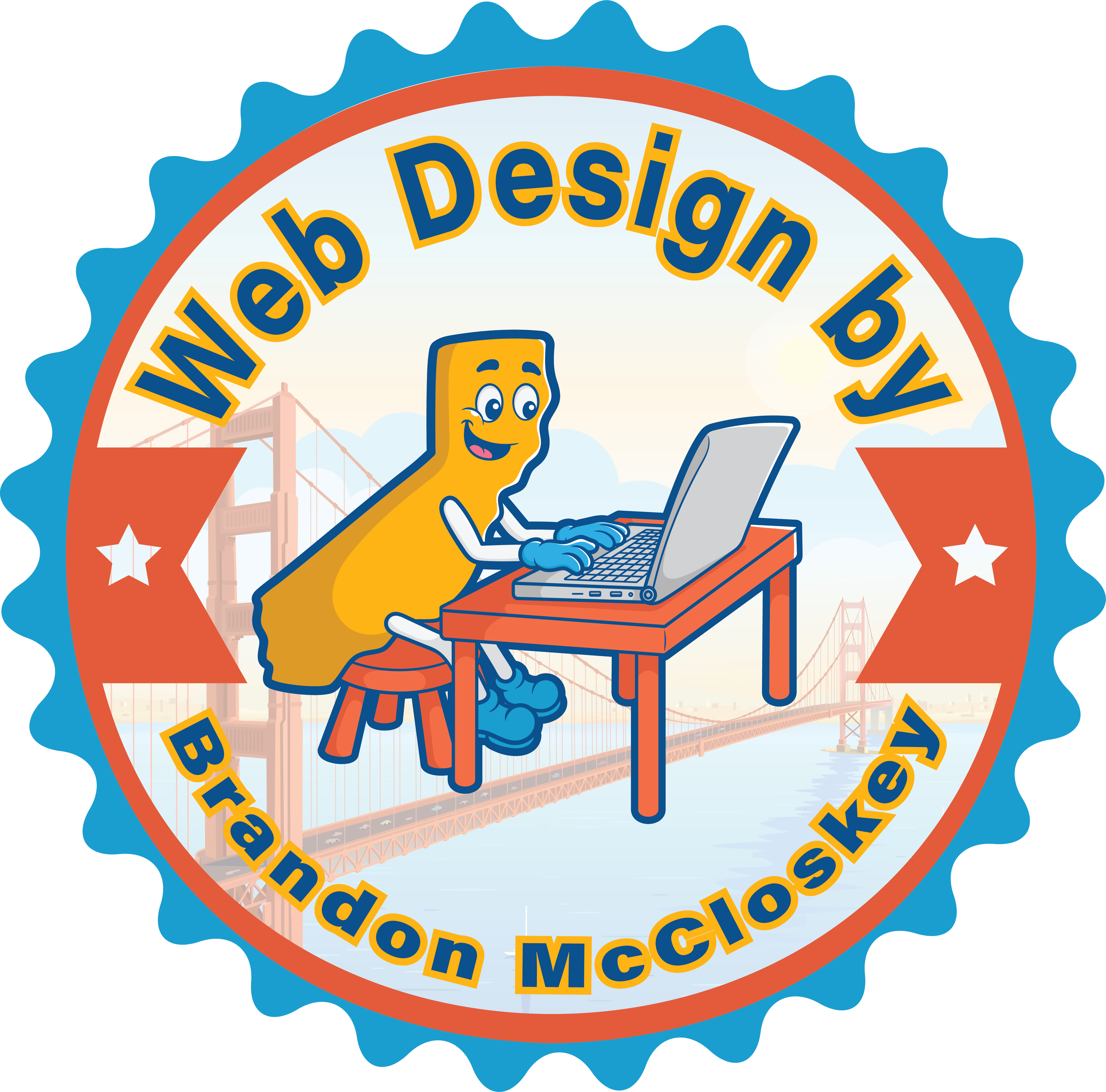Web Design Psychology: Understanding User Behavior for Effective Design

Delving into the realm of web design psychology unveils the intricate interplay between human behavior and digital aesthetics. This captivating discipline illuminates the ways in which color, layout, and content influence clients. Understanding the psychology behind it lets you leverage a powerful tool that can shape the customer experience and drive meaningful engagement. So, let’s explore the nuances of this subject, shedding light on how it can transform the online landscape!
The role of visual elements
Visual elements are pivotal in web design psychology, serving as the digital “first impression”. Colors, typography, and images influence how visitors perceive your website and can create an immediate emotional connection. Cleverly employing color psychology can also evoke specific feelings or associations, enhancing engagement. Typography, with its choice of fonts and styles, contributes to readability significantly. Furthermore, thoughtfully using images and visual hierarchy can guide people through your content seamlessly, aiding comprehension and interaction. Finally, you can incorporate branding elements by aligning visual choices with your brand identity. This fosters brand recognition and trust, making people more likely to engage and return.

Make plans for these visual elements well before you build your site!
Usability and user experience (UX)
Usability and user experience (UX) are the cornerstones of effective web design psychology. Visitors are more likely to stay and engage when your website is easy to navigate and provides a seamless experience. Simplifying navigation menus and creating friendly interfaces reduce frustration and encourage people to explore further. Cognitive load, or the mental effort required to interact with a site, should also be minimized to keep people focused. Moreover, prioritizing usability principles ensures that visitors can easily find what they’re looking for, boosting satisfaction and reducing bounce rates. A well-designed website meets expectations and anticipates needs, making a journey through it more enjoyable. Therefore, investing in usability and UX design improves your site’s performance and fosters positive visitor interactions, ultimately benefiting your online presence and business success.
User interface (UI) and emotional design
User interface (UI) and emotional design are critical components of web design that deeply impact engagement. UI design isn’t just about aesthetics, as it’s about creating an emotional connection between people and your website. Thoughtfully chosen color schemes, typography, and visual elements can evoke specific emotions, reinforcing your brand’s personality. For example, warm colors (usually red or orange) can convey excitement or passion, while cool colors (blue or green) evoke calmness and trust. Additionally, the layout and placement of elements play a role in guiding people’s emotional responses. An intuitive, user-friendly interface can make visitors feel comfortable and in control, enhancing their overall experience. By aligning your UI with emotional messaging, you can establish a lasting connection with your audience, driving satisfaction and loyalty.

Make it easy and enjoyable for people to use your site!
Understanding user goals and motivations
Understanding user goals and motivations is a big part of effective web design. So, to truly improve your website, you must delve into the minds of your target audience. It is crucial to identify user personas, their needs, desires, and pain points. When you grasp what drives them, you can tailor your website’s content and features to cater to those specific motivations. Whether providing valuable information, solving problems, or offering a seamless shopping experience, aligning your design with user goals ensures a more satisfying visit. By prioritizing user-centered design, you can create a website that exceeds expectations! This boosts user engagement and encourages them to return, share your site, and become loyal customers. So, take the time to uncover the why behind your users’ actions and watch how it transforms your website’s success.
Website performance and user behavior
Website performance and user behavior are closely intertwined. After all, a fast-loading, responsive site enhances user experience and influences how users engage with your content. Slow-loading pages can lead to frustration and high bounce rates, driving visitors away. In contrast, a responsive design that adapts seamlessly to different devices ensures users can access your site from anywhere, improving their satisfaction and retention. Moreover, responsive design is guaranteed to influence your website’s SEO positively. Google favors mobile-friendly websites, so having a responsive design can boost your search engine rankings. It also streamlines your SEO efforts, as you don’t need to manage separate mobile and desktop versions of your site. Therefore, the SEO benefits of responsive design more than make this route to improving your website worth it. It’s a win-win situation that keeps users happy and improves online visibility and traffic.
Content and information architecture
Content and information architecture are the blueprints for a successful website. How you organize and present your content profoundly affects people’s understanding and engagement. When content is structured intuitively, people can easily find what they seek, reducing frustration. Furthermore, employing a logical information hierarchy ensures that key messages and calls to action stand out, guiding attention effectively. The psychology of storytelling also adds another layer of engagement, making your content relatable and memorable. Crafting compelling narratives around your products or services can resonate with visitors on a personal level, too. Thus, content and information architecture are not just about organizing information but also about creating meaningful connections with your audience. An intelligently structured website, combined with captivating storytelling, elevates viewer experiences, encourages longer stays, and ultimately leads to higher conversions.
Forms and data collection
Forms and data collection are not something you can refuse to use. However, how you design forms greatly influences engagement and satisfaction. Web design psychology plays an important role here since forms should be intuitive, with clear labels and minimal fields to reduce friction. Building trust is paramount; people must feel secure when sharing their information. Employing security icons and transparent data handling policies can ease apprehensions. Moreover, reducing the effort required to fill out forms through auto-fill options or smart suggestions can improve the experience. When done right, forms become a means of gathering valuable data and insights, helping you tailor your content and services effectively.

Collect as much data as you can and use it to improve your site!
A/B testing and behavior analysis
A/B testing and behavior analysis are invaluable tools. Conducting A/B tests allows you to compare different site versions to determine which elements resonate best with your audience. You gain valuable insights into how visitors interact with your site by analyzing behavior data, such as click-through rates, bounce rates, and conversion rates. These insights inform data-driven design decisions, enabling you to optimize your site effectively. Whether it’s testing different layouts, call-to-action buttons, or content placements, A/B testing allows you to refine your website continuously. So, this is a crucial tool when redesigning a website, too. It ensures your changes are rooted in audience preferences and behaviors, leading to a more engaging and conversion-friendly website.
Visual and emotional appeal
With this exploration of the fascinating realm of web design psychology, we’ve uncovered its pivotal role in shaping online experiences. By deciphering client behavior and applying psychological principles, we empower ourselves to craft websites that resonate with visitors on a deeper level! From the strategic use of colors to the art of storytelling, this equips us with insights and tools to create visually appealing and emotionally captivating digital spaces.
Photos used:
https://unsplash.com/photos/person-writing-on-brown-wooden-table-near-white-ceramic-mug-s9CC2SKySJM
https://pixabay.com/vectors/interface-internet-program-browser-3614766/
https://pixabay.com/illustrations/web-design-user-interface-website-3411373/
https://pixabay.com/photos/plans-design-web-design-designer-1867745/
